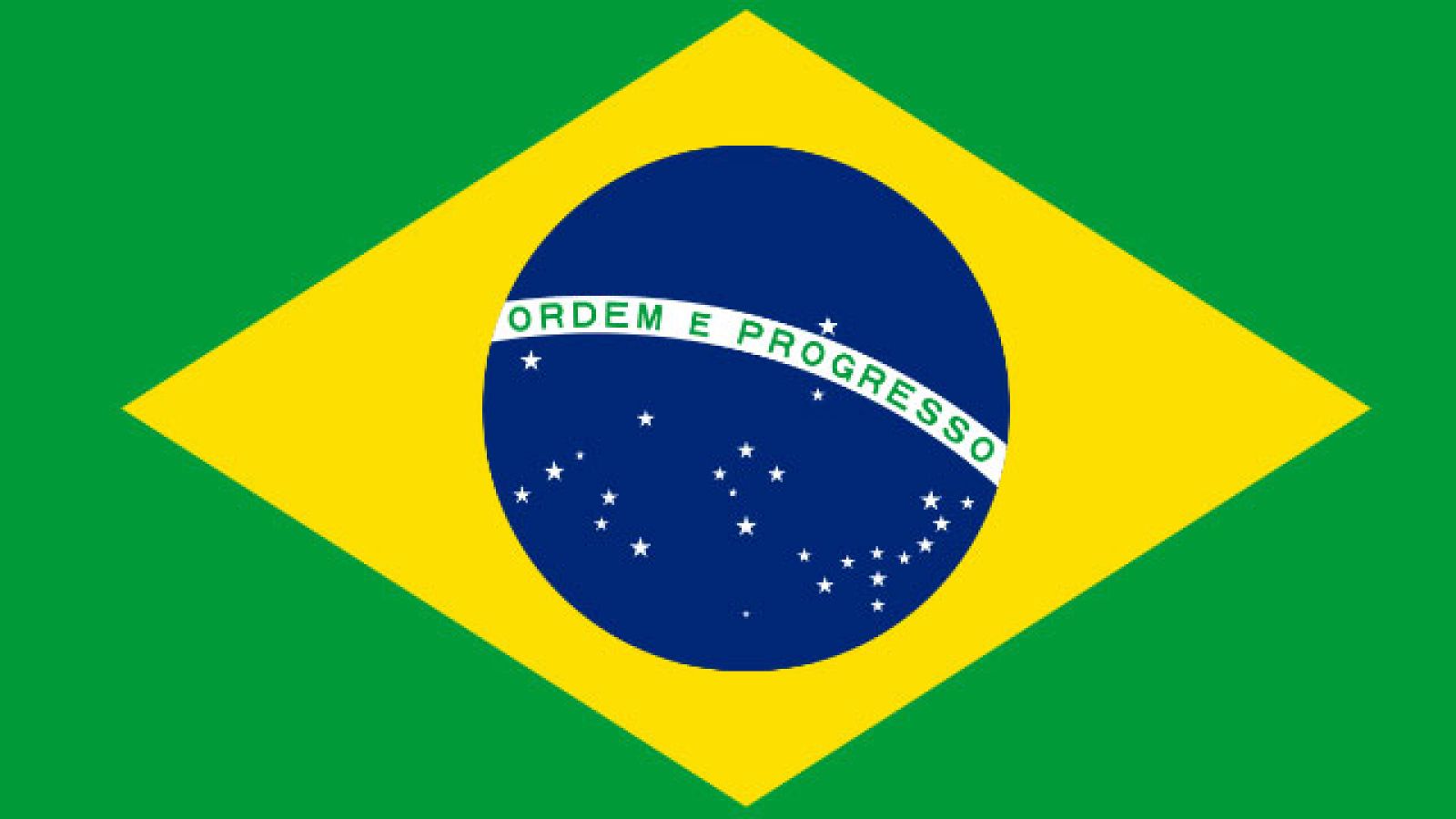New publication sheds light on Brazil’s Presidential processes

The special edition of Policy Studies was co-edited by the University's Dr Tracy Beck-Fenwick and Dr Sean Burges. Image: Gaby/Flickr
A special edition of the journal Policy Studies has shed new light on the complex political and policy process surrounding the Presidency in Brazil.
Based on a major conference at The Australian National University (ANU), researchers have examined the forces at play during the rule of three of Brazil’s former Presidents, Fernando Henrique Cardoso (1995-2002), Luiz Ignacio Lula da Silva (2003-2010) and Dilma Rousseff, who served from 2011 until she was impeached and removed from office in August in 2016.
The special edition of Policy Studies examines the power and influence of the Brazilian presidency and how it affects policy development and implementation in issue areas as diverse as social policy, infrastructure, law and order, the environment, and foreign policy.
“By drawing on the case studies, we propose five ‘faces’ of presidentialism as a guide for examining the role of president in the public policy process,” said project joint leader Dr Sean Burges, Deputy Director of the ANU Centre for Latin American Studies (ANCLAS).
Joint project leader Dr Tracy Beck Fenwick, Director of the ANU Australian Centre for Federalism, said the five faces were the face to the general public; the face to the bureaucracy; the face to the subnational executives; the face to congressional coalitions; and the face to the outside world.
“How effectively the president succeeds in formulating and implementing their public policy priorities depends on their ability to execute the roles of each of these faces,” Dr Fenwick said.
Dr Burges said the research helped explain the Brazilian presidency as well as other presidential regimes, such as the United States.
“A president’s ability to successfully pursue their policy agenda is both constrained and facilitated by outside factors that impact the amount of attention, authority, and engagement that they are able to exert across the five faces they wear in the public policy process,” Dr Burges said.
The researchers found Dilma owed a political debt to Lula, who proclaimed Dilma as his heir and successor.
“Dilma consequently assumed the presidency with a personal and political debt to Lula and his Partido dos Trabalhadores (Workers’ Party) machine. The result was that many ministers and officials from the Lula era were retained and the general track of policy maintained,” Dr Fenwick said.
“Yet Dilma’s presidency proved remarkably different than Lula’s, particularly in how the president interacted with important ministers and institutions to pursue policy, and how willing she was to compromise.”
The special issue stems from the 2015 Latin American and the Shifting Sands of Global Power conference at the ANU, jointly hosted by ANCLAS and the ANU Australian Centre for Federalism.
Copies of the papers in the special issue can be found on the publisher’s website http://www.tandfonline.com/toc/cpos20/38/3, or by emailing Dr Burges at sean.burges@anu.edu.au.